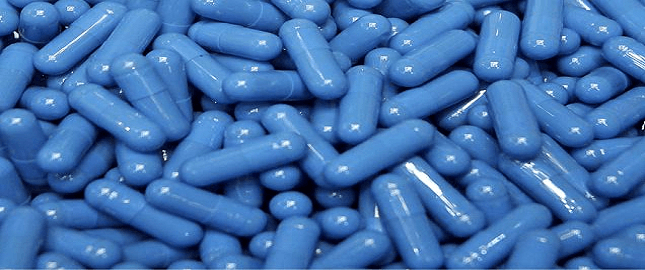In January 2011 USFDA issued new guidance for industry on process validation with Life cycle approach. It’s a science- and risk-based approach to verify and demonstrate that a process operating within predefined specified parameters and consistently produces material that meets all its critical quality attributes.
The Life cycle concept links product and process development, qualification of the commercial process and maintenance of the process in a state of control during routine manufacturing.
Background
Since 1987 the USFDA guidance on process validation is the basis for qualification and validation. There was an announcement during USFDA new programme “Pharmaceuticals cGMPs for 21st century” for a revision of new guidance and later a new FDAs guide of 2004 given some hints to the new validation approach. In 2008 USFDA a published DRAFT guidance and the same was come up to to the operation in January 2011.
What are the Key Changes in the New Guidance?
The updated guidance is practically a complete rewrite of the 1987 document. There is exceptionally little retained wording from the original, although the general objective of the document is similar. In saying this, there are several key points of difference, from the formal definition of process validation, to highlighting on product life cycle and risk management concepts. The key differences are explained below.

The Life Cycle Approach
The life cycle approach focused on process knowledge and process understanding. Both should be result of development and verified in routine production. The magic “3” batches not mentioned any more.
This lifecycle approach highlight the importance of the links between the following:
- Product and process design and development
- Qualification of the commercial manufacturing equipment and process
- Maintenance of a process in a state of control during routine commercial production
Three stages of Validation
Stage 1 Process design: The commercial process is defined during this stage based on knowledge gained through development and scale-up activities.
Stage 2 Process Qualification: During this stage, the process design is confirmed as being capable of reproducible commercial manufacturing.
Stage 3 Continued Process Verification: Ongoing assurance is gained during routine production that the process remains in a state of control.
Each stage is briefly summarized in the below table:

Revalidation Concept
The 1987 guidance derives the revalidation is subjected to the changes made in the validated process or designed facility or qualified equipment.
The 2011 guidance has revised this concept with the introduction of Continued Process verification. This involves the ongoing assessment of process data against routine manufacturing. We can introduce statistical methods combined with risk management tools for evaluation of continued process verification.
Practical Challenges for Adoption of New Guidance
- Difficult to adopt this approach for poorly designed processes
- Lack of awareness on CPPs and CQAs identification during design phase
- Application of scientific statistical tools to the process is not widely spread across the industry
- Difficult for practical implementation as the scope extended to design phase
- Development may not have done well for older products
- Documentation strategy for stage-3 not clearly defined
